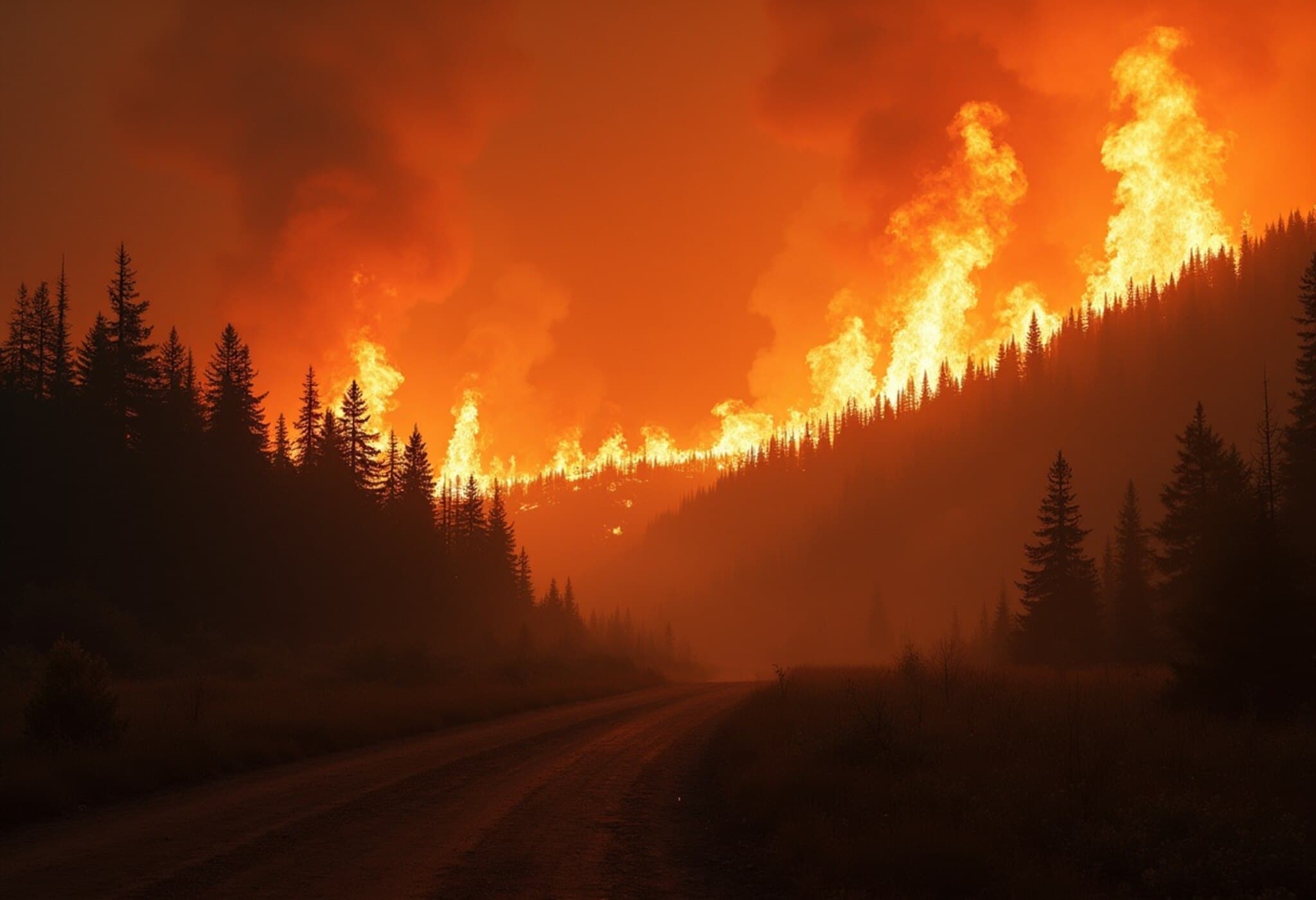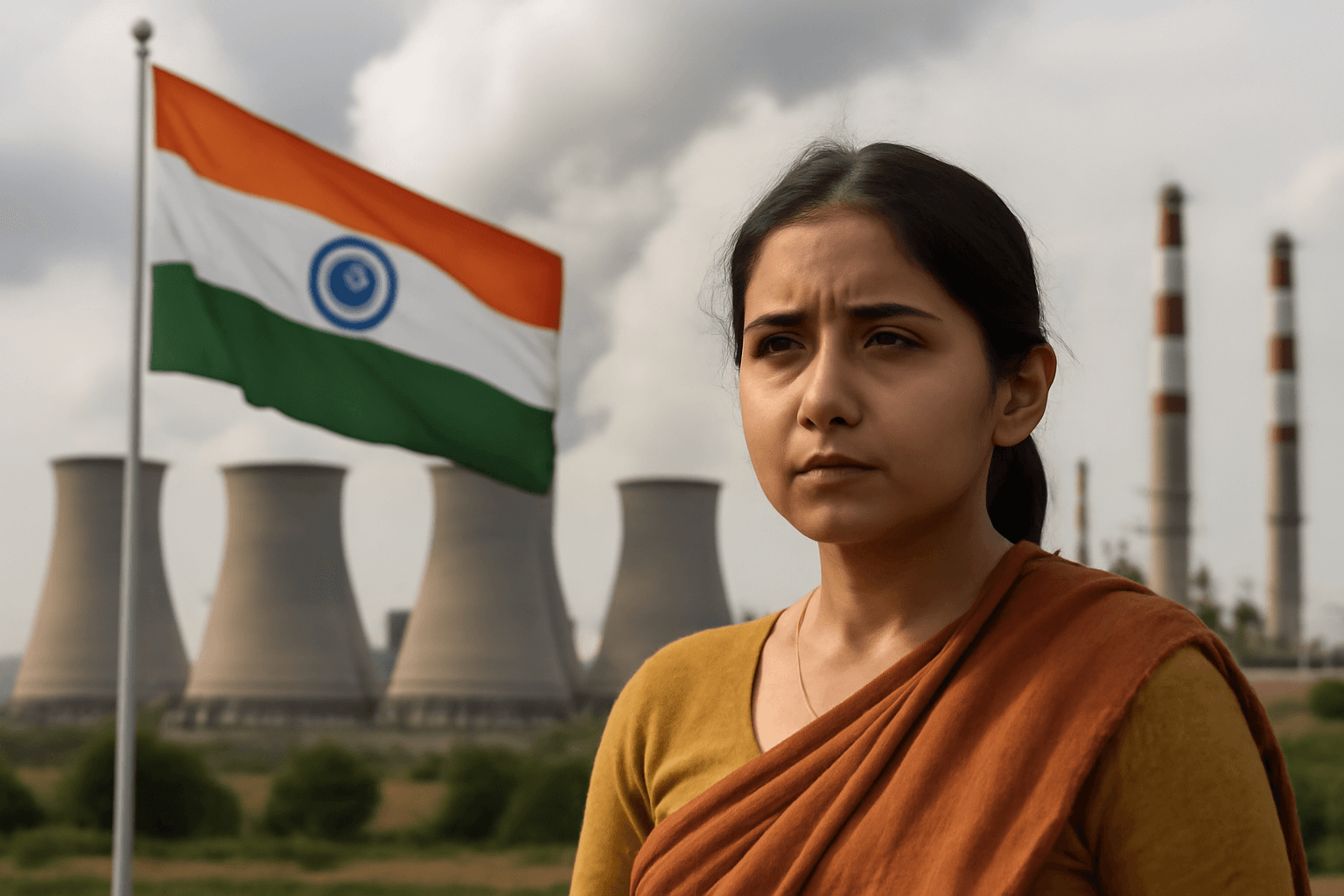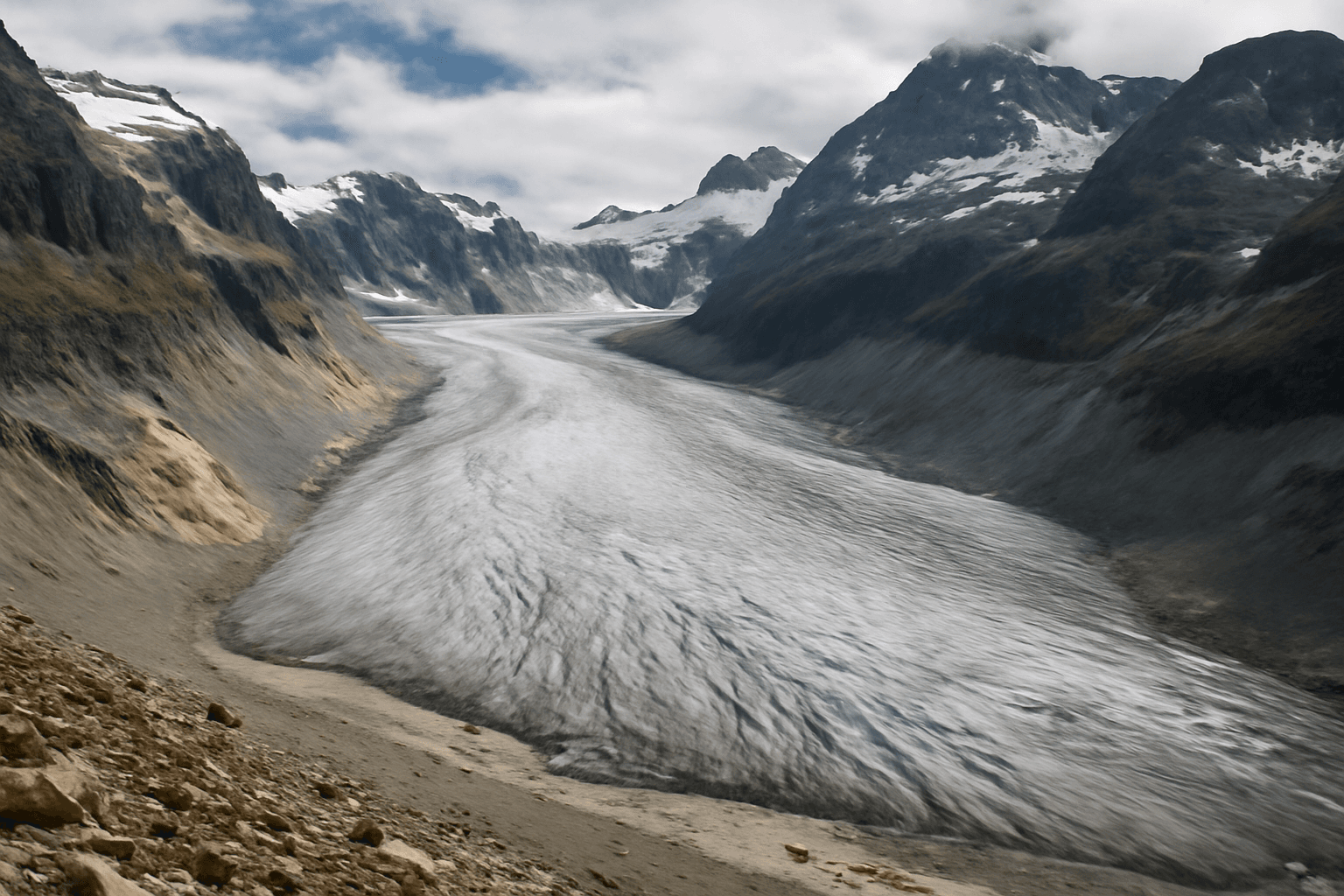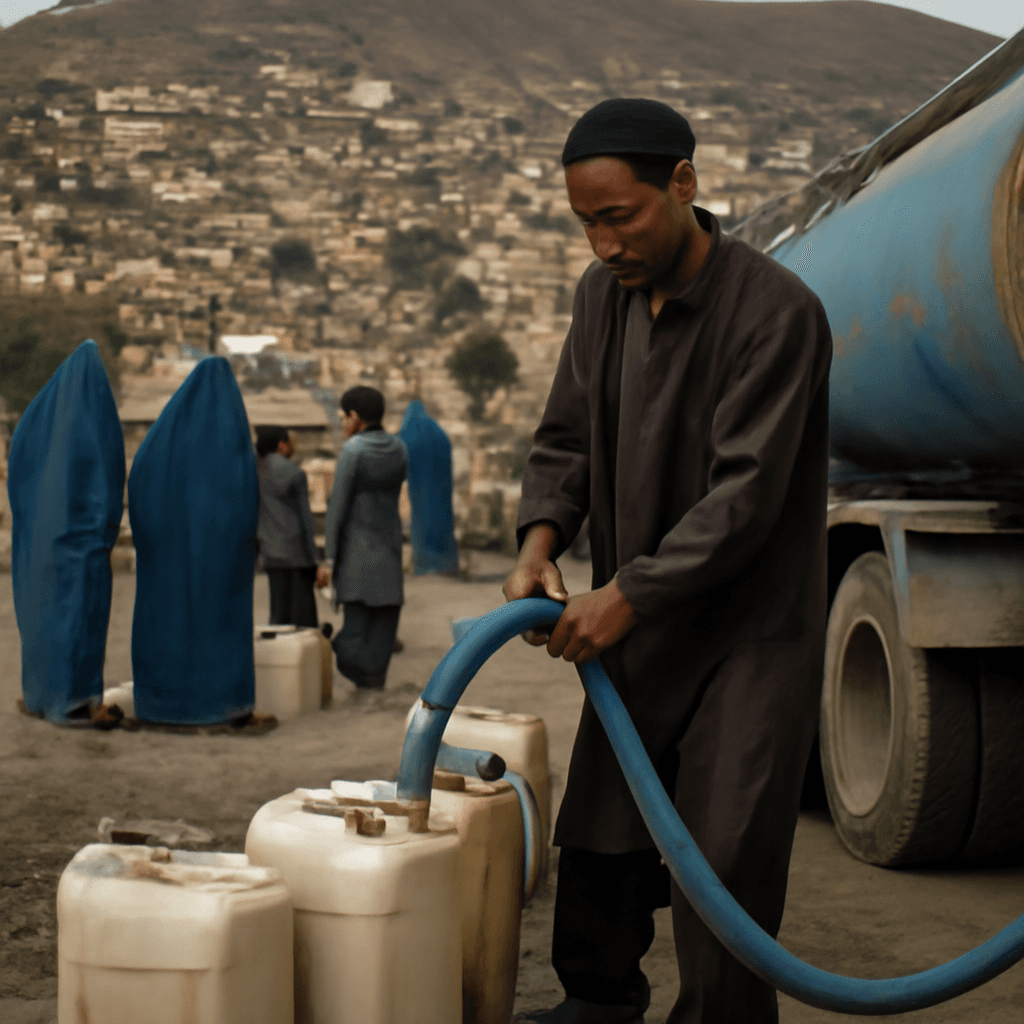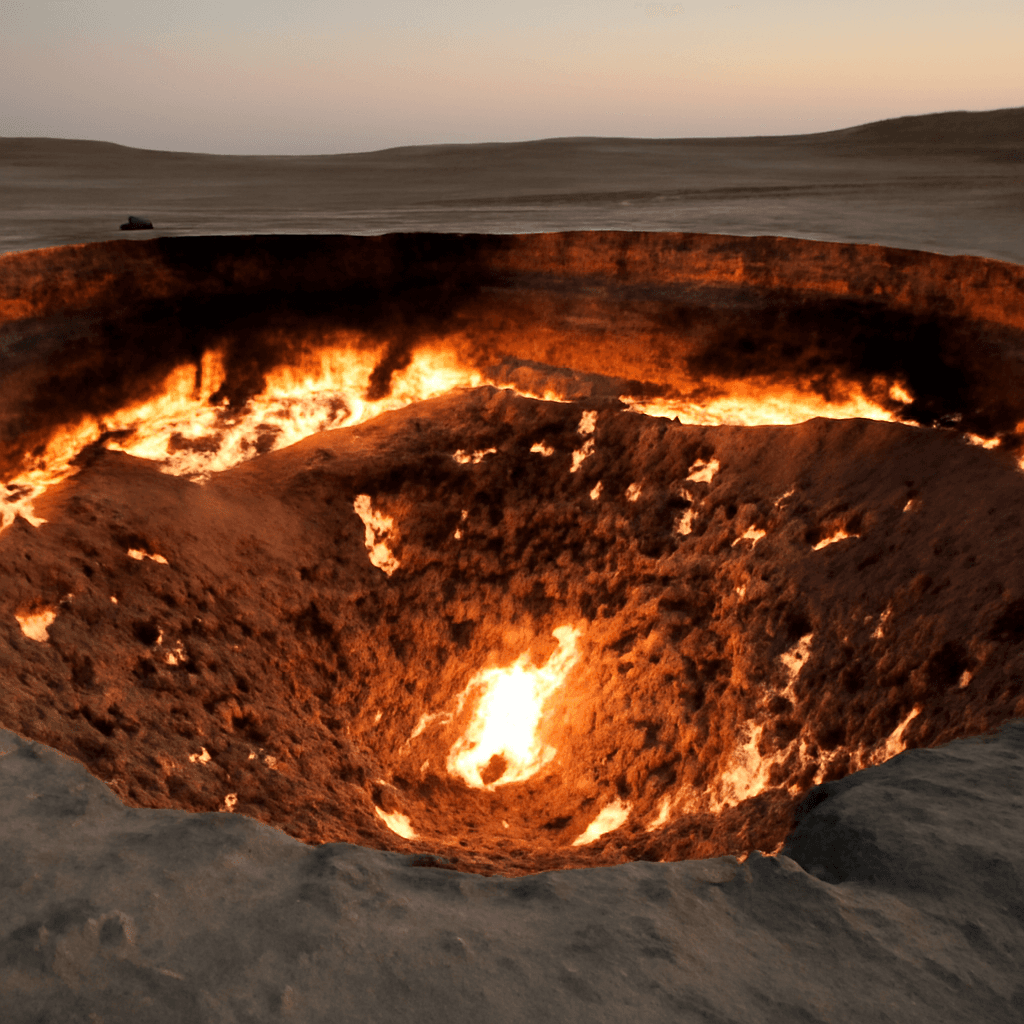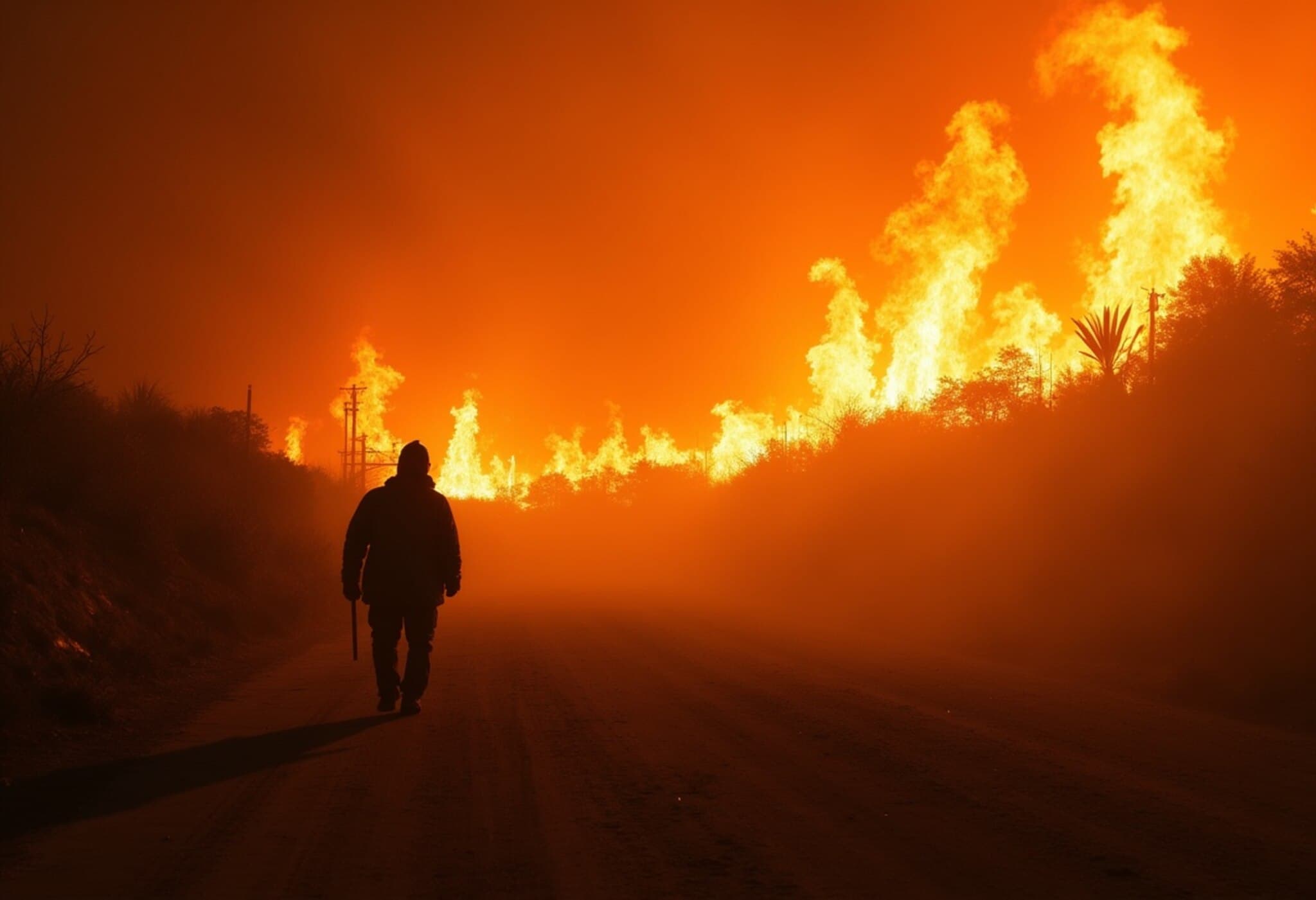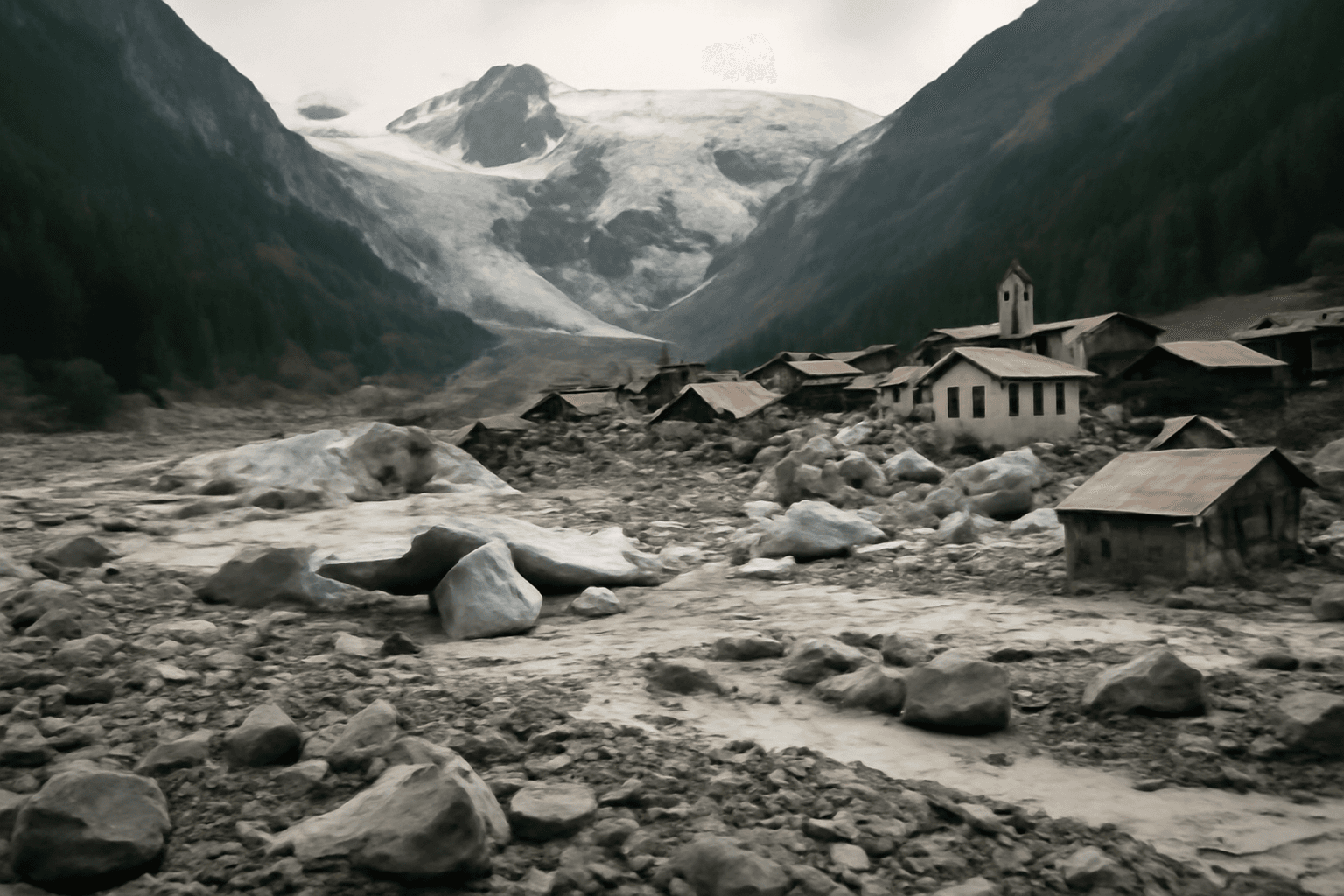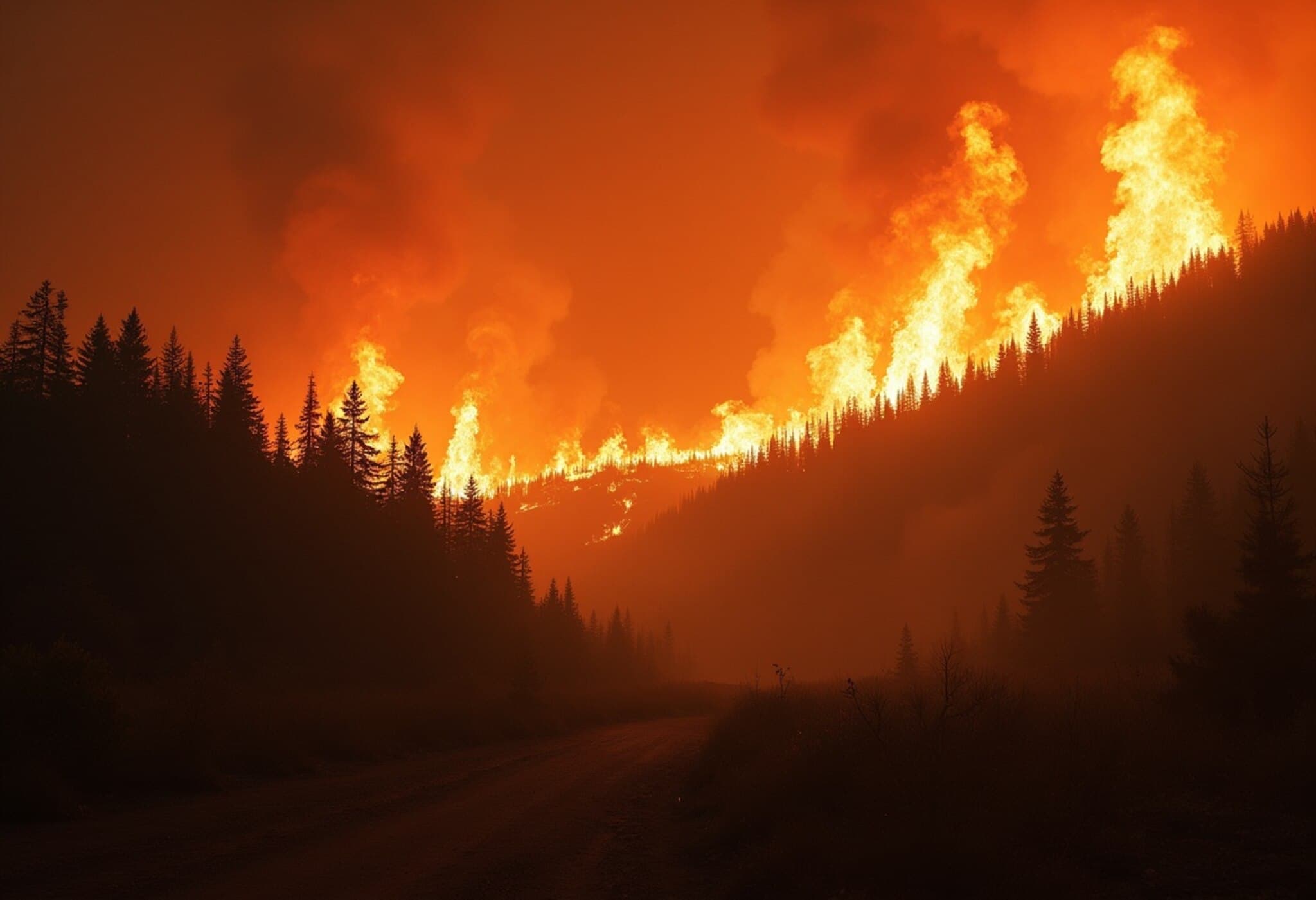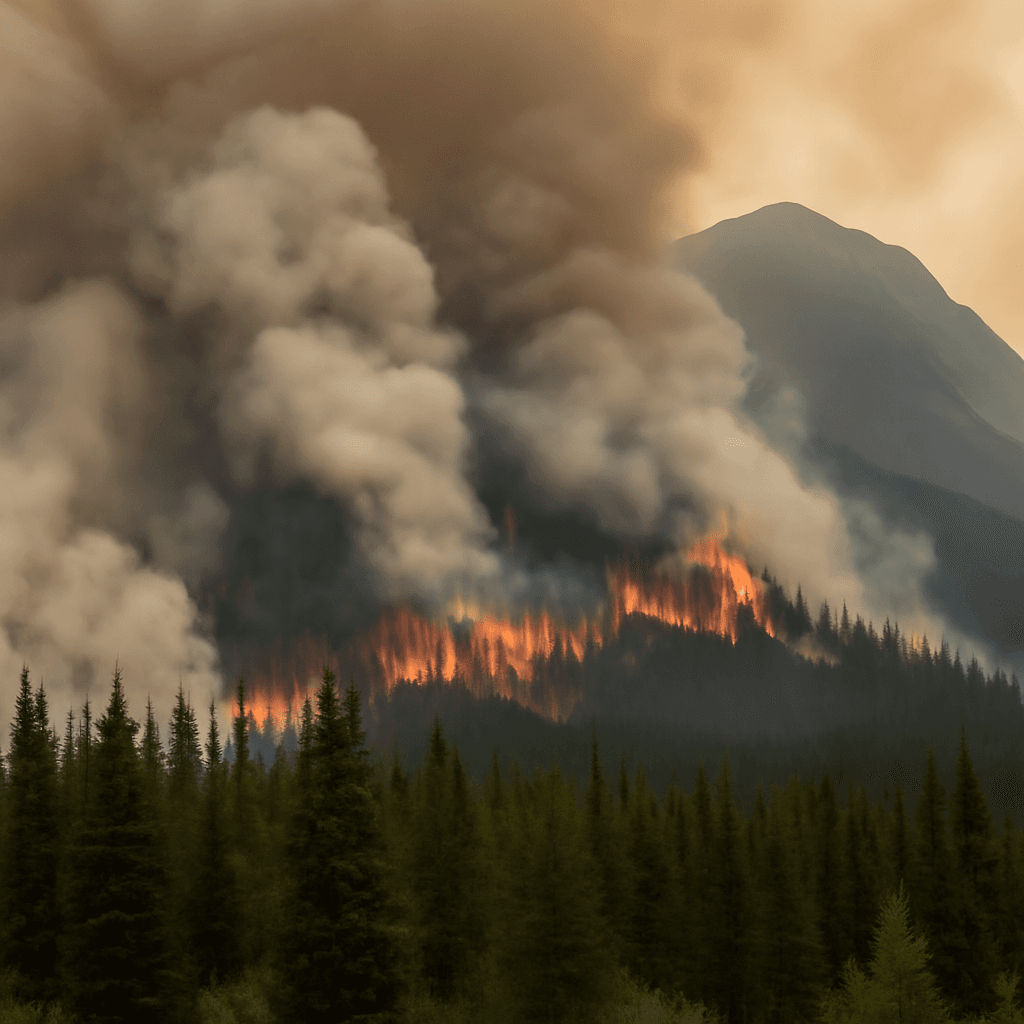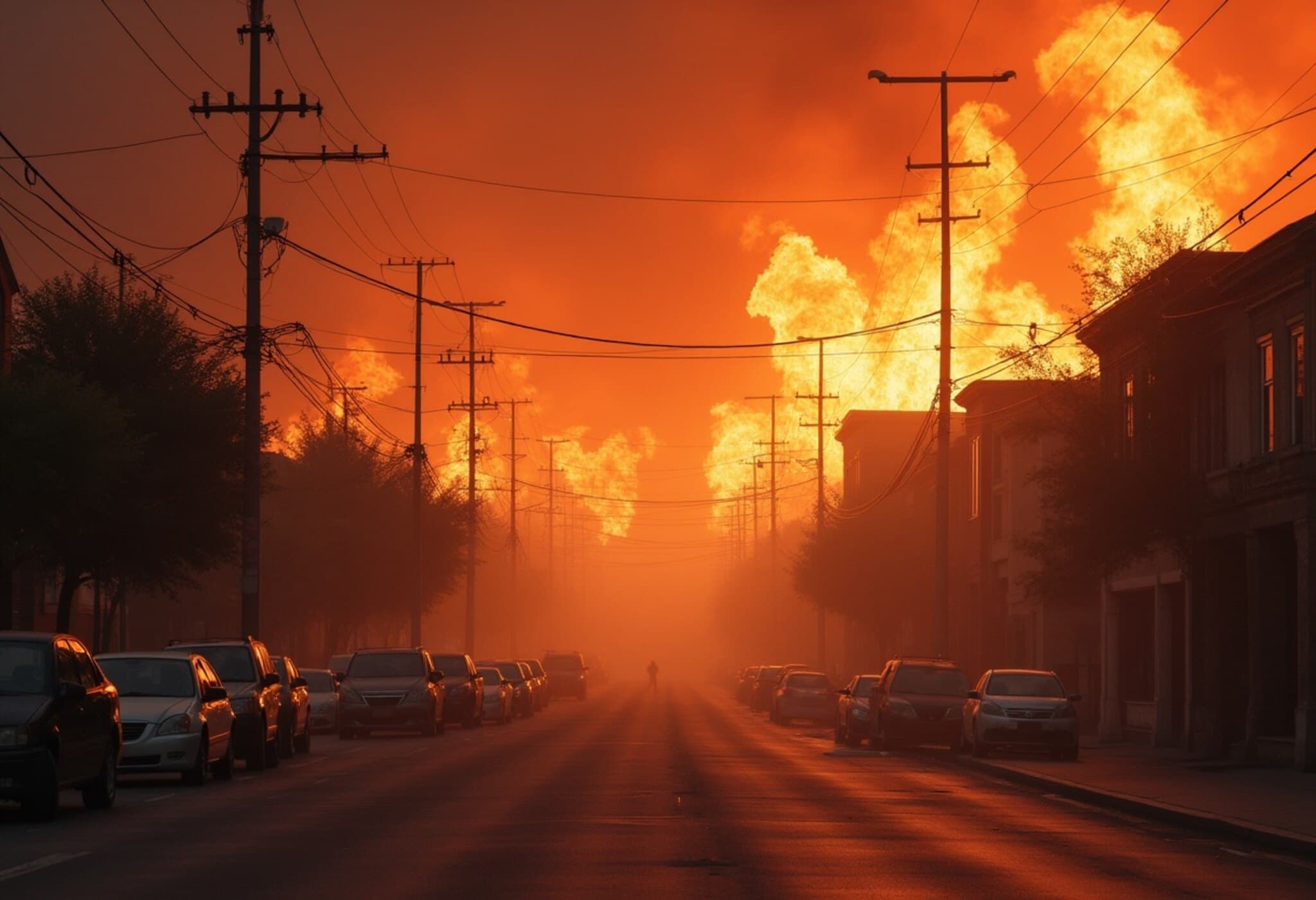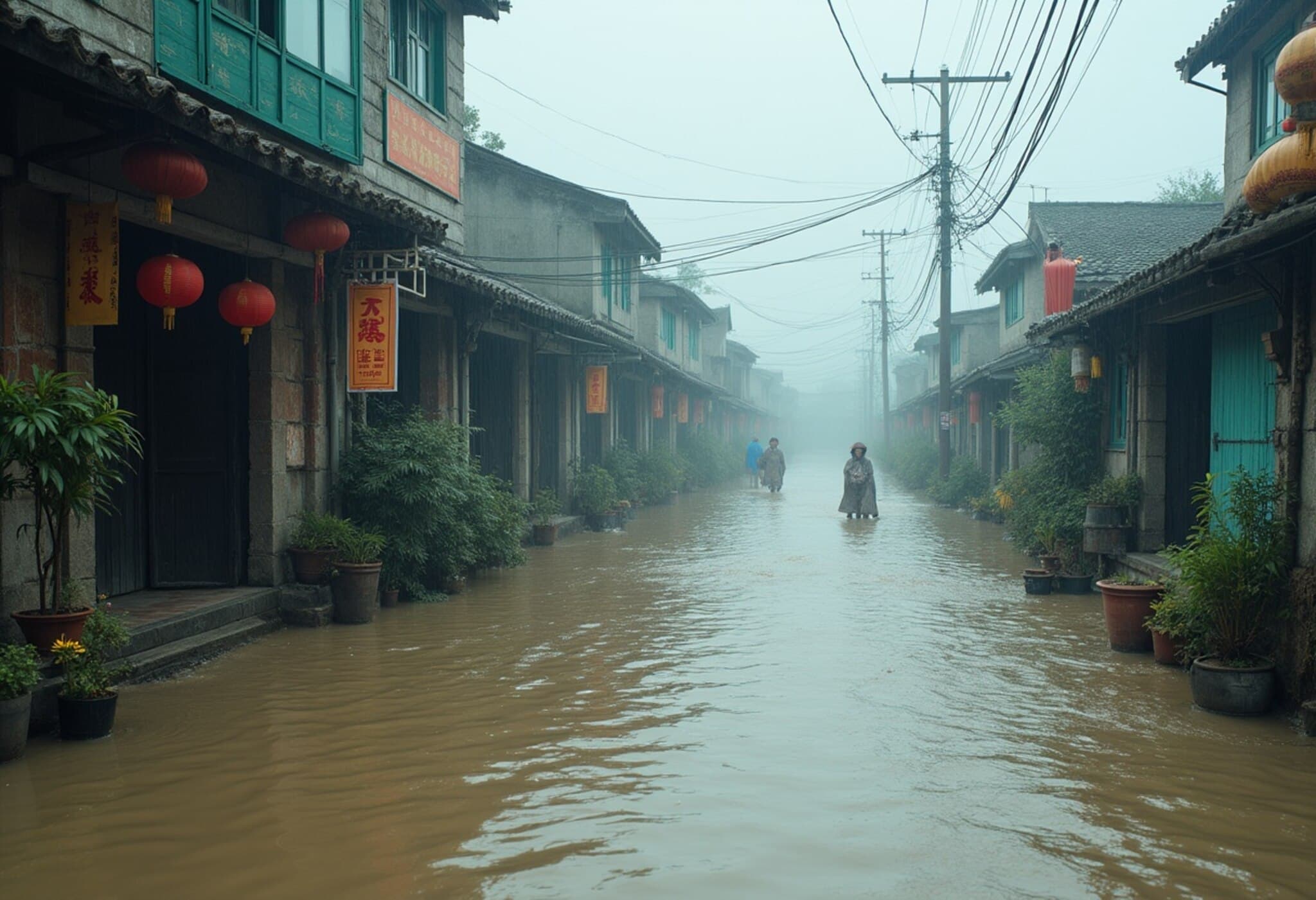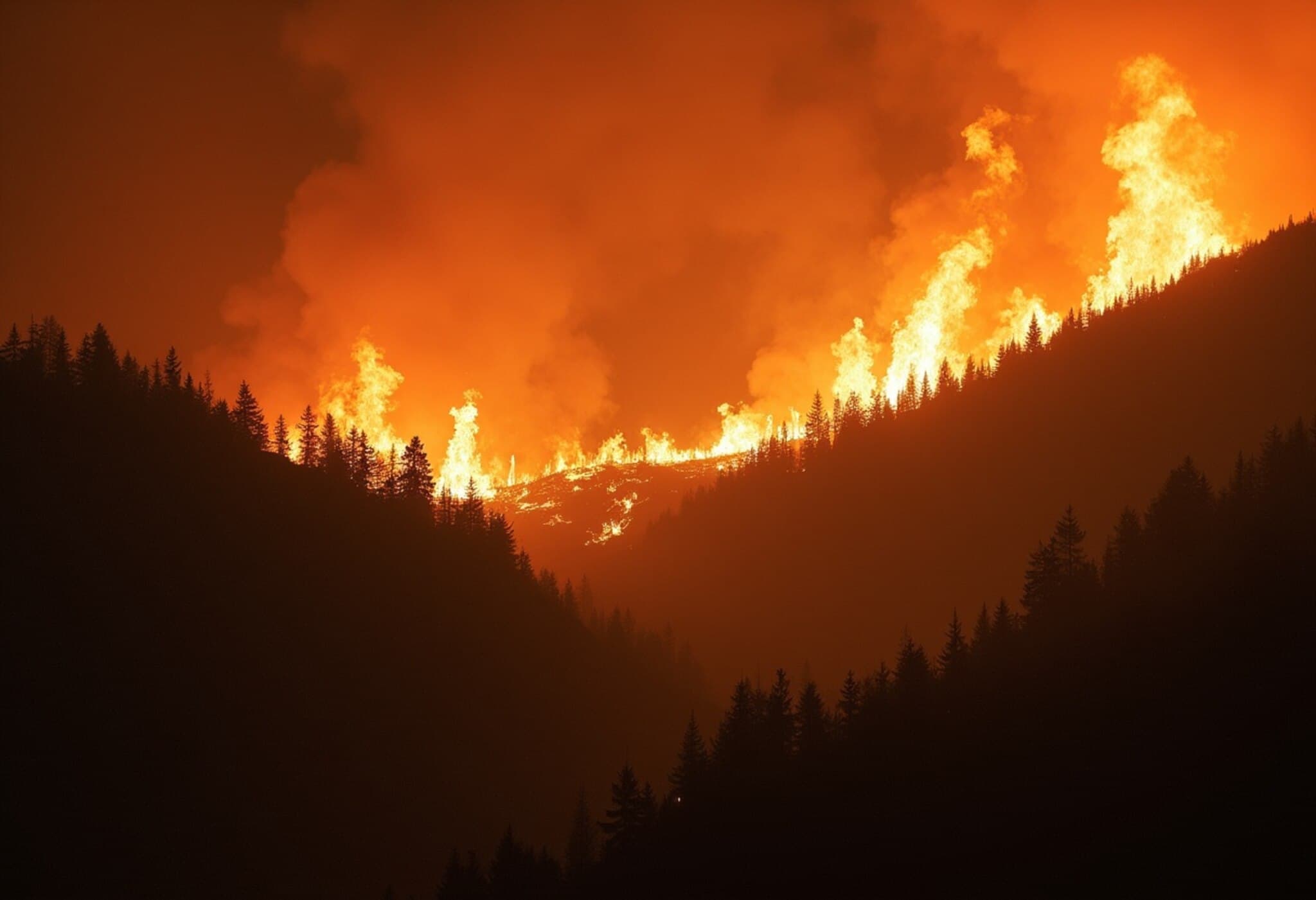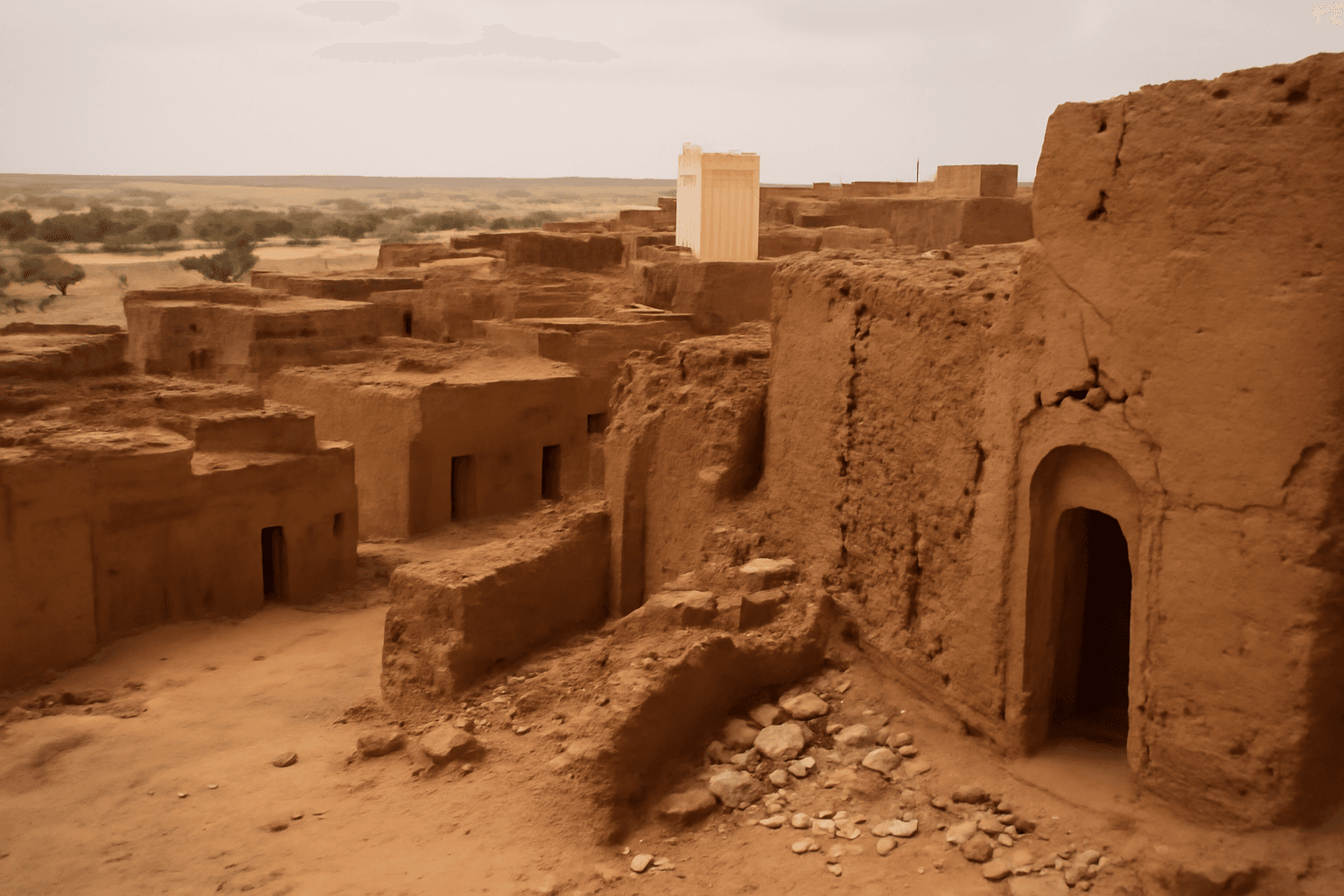Canada’s Wildfires Have Consumed an Area Comparable to Croatia
As wildfires continue to blaze across Canada, officials have reported that more than 13.6 million acres (5.5 million hectares) have been scorched so far in 2025. This staggering figure equates to an area roughly the size of Croatia, highlighting the growing intensity and scale of wildfire seasons in the country.
Historic Context and Current Trends
While the country faces this devastating crisis, experts note that the 2025 fire season is approaching the record set in 1995, when approximately 17.5 million acres burned. The record-breaking 2023 season, widely regarded as Canada's worst, saw an unprecedented 42.9 million acres engulfed in flames – a crisis that drew global attention to the increasingly disastrous impacts of climate change on wildfire frequency and severity.
Michael Norton, a representative from Canada’s Natural Resources Ministry, remarked that, “This is one of the highest cumulative areas burned for this time of year, trailing only behind the historic 2023 season.” However, he also emphasized a silver lining, noting that unlike 2023 where fire activity surged relentlessly, this year’s fire patterns are more aligned with historical norms.
Regional Hotspots and Seasonal Outlook
Early in the year, extreme heat and dry conditions heavily affected central provinces such as Manitoba and Saskatchewan. Although fire intensity eased somewhat in June, officials caution that July and August typically represent the peak wildfire months. Provinces like British Columbia are bracing for heightened fire risk in the weeks to come, given the expected dry conditions and high temperatures.
Disproportionate Impact on Indigenous Communities
Beyond environmental devastation, wildfires are deeply affecting Indigenous populations. To date, approximately 39,000 First Nation residents have been displaced by the blazes in 2025 alone. This highlights an urgent humanitarian challenge, as Indigenous communities often face heightened vulnerabilities due to remoteness, socio-economic factors, and deep ties to the land.
Climate Change and Rising Fire Risks
Scientists and experts widely agree that climate change is a major driver behind the escalating wildfire problem in Canada. The country has been warming at roughly twice the global average, leading to markedly shorter and milder winters, diminished snowpacks, and earlier onset of dry summer conditions — all of which create a tinderbox for wildfires.
These environmental shifts undermine traditional natural fire barriers and lengthen the wildfire season, making future years potentially more volatile. In the words of climate scientists, “Canada’s warming is rewriting the rulebook on wildfire patterns.”
Looking Ahead: Lessons and Policy Imperatives
Canada’s wildfire crisis underscores the urgent necessity for robust wildfire management strategies, enhanced Indigenous partnership in land stewardship, and accelerated climate action aimed at reducing greenhouse gas emissions.
- Investing in fire prevention: Expanding early warning systems and controlled burns to reduce fuel loads.
- Supporting communities: Targeted aid and improved emergency infrastructure, particularly for Indigenous populations disproportionately impacted by displacement.
- Climate mitigation: Stronger national commitments to curb emissions and adapt to rising wildfire risks.
As Canadians and policymakers grapple with these challenges, the 2025 wildfire season serves as a stark reminder of the complex, intertwined threats wildfires pose to ecosystems, livelihoods, and public health.
Editor’s Note
The unprecedented scale of Canada’s wildfires in 2025 demands urgent reflection on how climate adaptation and Indigenous leadership can reshape wildfire resilience. How can Canada better balance economic development, conservation, and community safety? What innovations in firefighting technology and land management can be adopted? And critically, how will global actions on climate change influence the trajectory of future wildfire seasons? These questions must guide ongoing discourse and policymaking.

